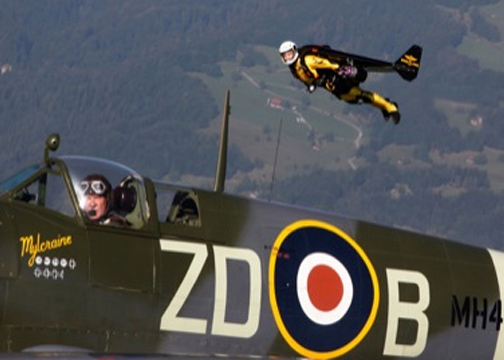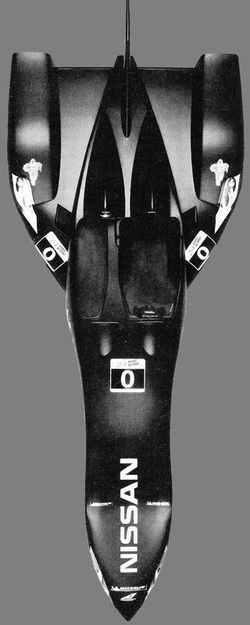The Supermarine Spitfire is a British single-seat fighter aircraft that was used by the Royal Air Force and many other Allied countries throughout the Second World War.
The Spitfire was a short-range, high-performance interceptor aircraft that had elliptical wings with a thin cross-section allowing for a higher top speed than many of its foreign adversaries.
This particular Spitfire, operated by Old Flying Machine Company and normally based in Duxford in the UK was invited by Toni Kupfer, former president of Bex Aeroclub, to perform at the airfield’s annual fly-in where the aircraft has been a favorite participant since its first appearance in 1976.
The Spitfire was a short-range, high-performance interceptor aircraft that had elliptical wings with a thin cross-section allowing for a higher top speed than many of its foreign adversaries.
This particular Spitfire, operated by Old Flying Machine Company and normally based in Duxford in the UK was invited by Toni Kupfer, former president of Bex Aeroclub, to perform at the airfield’s annual fly-in where the aircraft has been a favorite participant since its first appearance in 1976.
Bex aerodrome near Geneva, is also the home base of the aviator Yves Rossy and serves as a development area for his Jetman project which has been a tremendously successful engineering and piloting achievement. Rossy, a commercial pilot, has successfully crossed the English Channel flying on the power of the four small turbines built into the wing which he straps onto his back and that contains a parachute to execute his landing.
“To take this occasion to fly in formation with this wonderful machine is an incredible experience,” Rossy said. “We were very fortunate to have the assistance of the TBM Avenger piloted by Laurent Calame, to act as a camera-ship and I would really like to thank everyone involved, at Bex, OFMC (Old Flying Machine Company) and Breitling to help make this happen.
“Since my technology is getting more and more reliable I am very confident about these types of flights,” he continued. “I can relax and enjoy such a fantastic experience. Under my wing I am free, I have the perfect view!”
This is the latest in the series of formation flights for Rossy. He has now flown alongside the Stearman aircraft of the Breitling Wingwalkers, two L-39c Albatross Jets of the Breitling Jet Team and most recently, he reenacted a ‘superman’ flight flying alongside a DC3 aircraft with 20 passengers on board.
Thank you: generalaviationnews.com
“To take this occasion to fly in formation with this wonderful machine is an incredible experience,” Rossy said. “We were very fortunate to have the assistance of the TBM Avenger piloted by Laurent Calame, to act as a camera-ship and I would really like to thank everyone involved, at Bex, OFMC (Old Flying Machine Company) and Breitling to help make this happen.
“Since my technology is getting more and more reliable I am very confident about these types of flights,” he continued. “I can relax and enjoy such a fantastic experience. Under my wing I am free, I have the perfect view!”
This is the latest in the series of formation flights for Rossy. He has now flown alongside the Stearman aircraft of the Breitling Wingwalkers, two L-39c Albatross Jets of the Breitling Jet Team and most recently, he reenacted a ‘superman’ flight flying alongside a DC3 aircraft with 20 passengers on board.
Thank you: generalaviationnews.com



 RSS Feed
RSS Feed